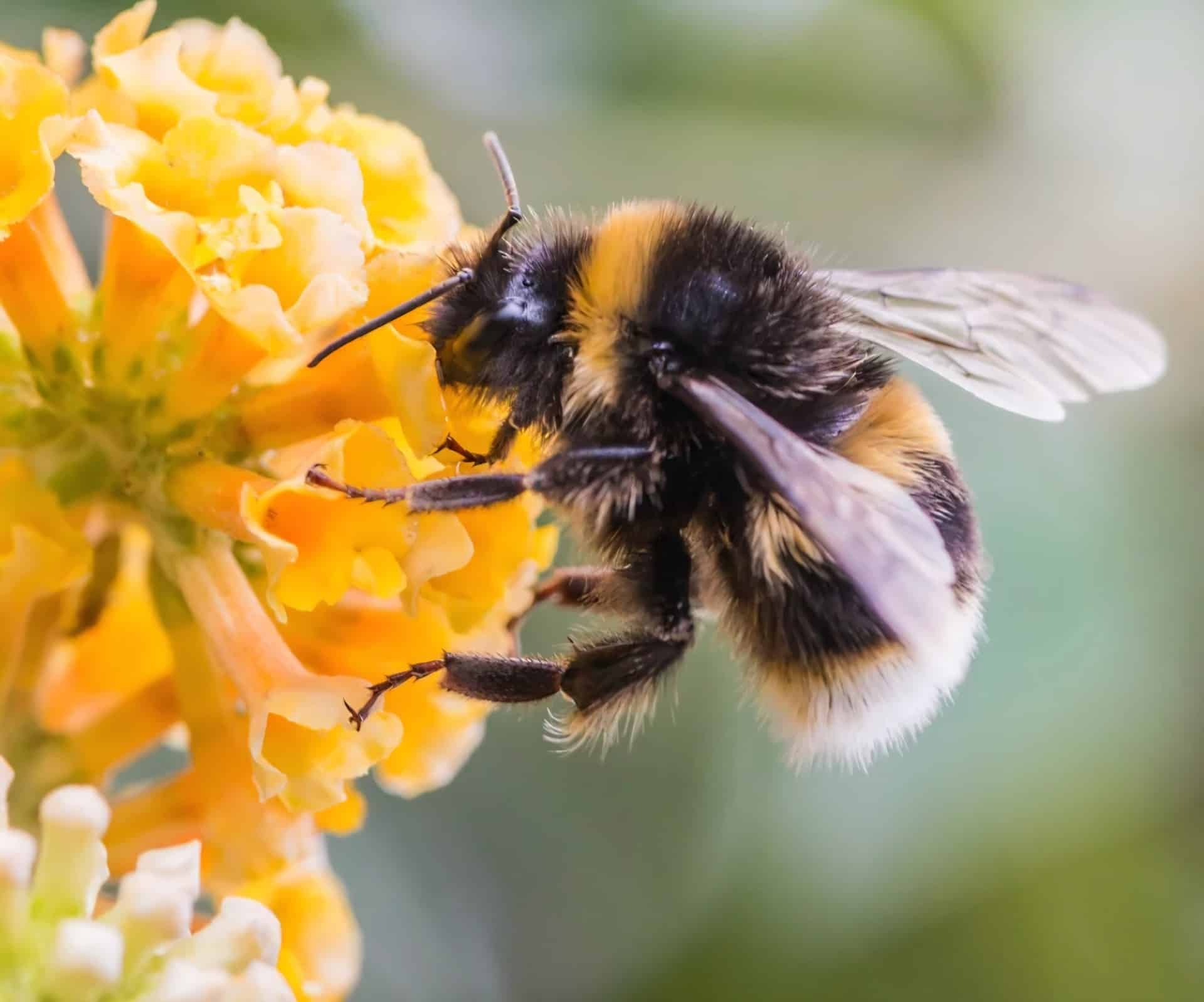🌞🐾 As the weather warms, our pets are out and about, increasing their risk of bee stings. While most stings cause minor discomfort, some can lead to dangerous allergic reactions, especially with rising temperatures potentially worsening swelling and breathing issues.
‼️ Dangers & Effects
Pets, particularly curious dogs and cats, often investigate buzzing insects. Stings around the face, mouth, or throat are particularly concerning due to rapid swelling.
Watch for these signs:
🐝Mild: Yelping, licking sting site, localized swelling (muzzle, paws), limping, drooling, hives.
🐝Severe (seek vet attention IMMEDIATELY): Rapid or significant swelling (face, neck, throat), difficulty breathing, wheezing, vomiting, diarrhea, weakness, disorientation, pale gums, collapse, or seizures.
🏥 First Aid (for mild reactions)
✔️ First – Stay calm.
✔️Remove stinger: Gently scrape out bee stingers with a blunt object (don’t squeeze with tweezers). Wasps don’t leave stingers.
✔️ Cold compress: Apply a damp cloth or ice pack wrapped in a towel to reduce swelling.
👀 Monitor: Watch your pet closely for several hours for worsening symptoms.
☎️ When to Call the Vet
Always contact your vet immediately if:
⚠️ Your pet is stung inside the mouth or throat.
⚠️ They’ve received multiple stings.
⚠️ You suspect an allergic reaction.
⚠️ Swelling is severe or getting worse.
⚠️ You are concerned about your pet’s well-being.
❤️ Let’s keep our furry friends safe this summer!




